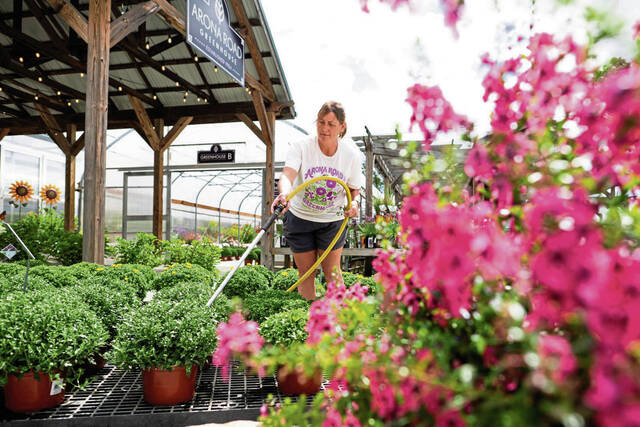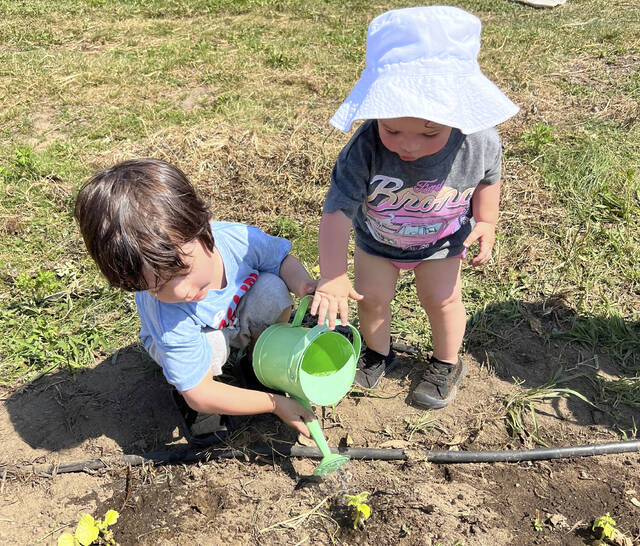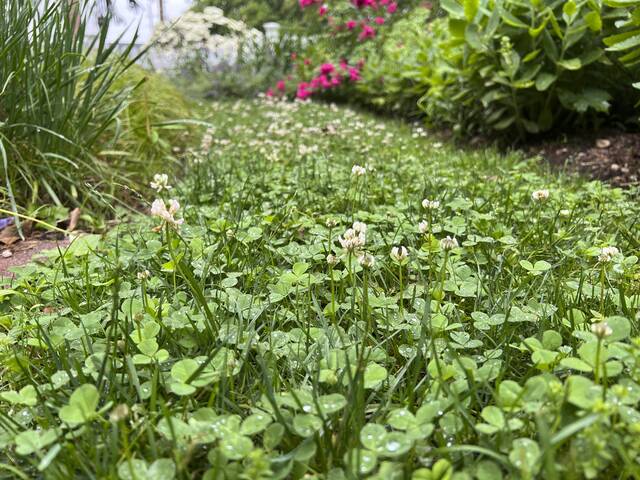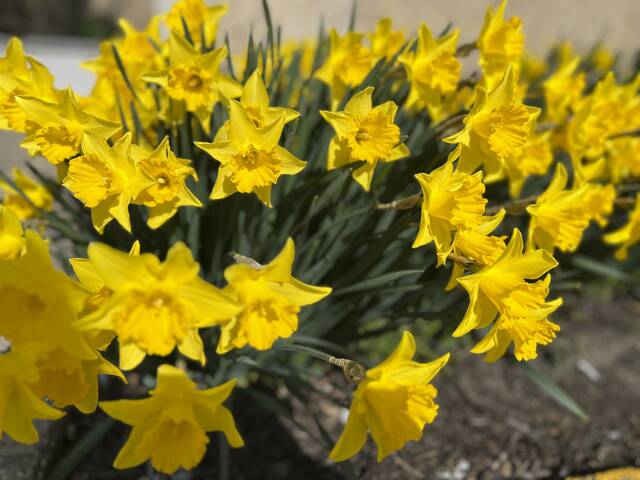If you enjoy eating carrots and growing them in your garden, I encourage you to try your hand at cultivating parsnips, too. They’re one of my family’s favorite root crops.
Parsnips (Pastinaca sativa) are in the same plant family as carrots, celery, parsley, and dill (Apiaceae). They are all biennial plants, which means their lifecycle is two years. The first year, the plant produces only vegetative growth; flowers and seeds don’t appear until the plant’s second year of growth.
The floral structure of Apiaceae plants consists of hundreds of tiny flowers organized together into an umbrella-shaped flower cluster. If you know what a Queen Anne’s lace flower looks like, you’re familiar with the flower structure of the Apiaceae family.
However, when it comes to most vegetables in this plant family, we eat the plant during its first growing season, before the plant has the opportunity to produce a flower, as is the case with both carrots and parsnips.
Parsnips look like long, white, tapered carrots. The leaves, however, look more celery-like than the fine feathery foliage of a carrot. Parsnips have been cultivated by humans since the time of the ancient Romans, perhaps before. Parsnips have a long storage life, making them an important winter food crop prior to the availability of refrigeration.
With a earthy, rustic flavor, parsnips contain many nutrients and antioxidants, along with fiber and lots of potassium. I enjoy using them in winter soups and stews. They’re also terrific roasted.
To grow parsnips, think about site selection first. Parsnips require a very long growing season; upwards of 120 days or more. Because of this, though the seeds are sown in spring, the plants will take up space in your garden for the entire season. The roots are sweetened by fall’s first few frosts, so you’ll want to leave them in the garden as long as possible.
Choose a variety known for its long straight roots, which makes them far easier to peel than varieties that are a bit more gnarly. “Gladiator” and “White Spear” are two of my favorites.
Work the soil well prior to planting, being careful to break up any clods and remove any rocks that could cause the roots to fork. Though they are less sensitive to clay soils than carrots are, preparing the seedbed properly does help keep the roots straight.
Sow parsnip seeds directly into the garden when soil temperatures range between 55 and 75 degrees. Here in Western Pennsylvania, that’s typically anytime from mid-April through June. But, again, be sure to sow them early enough to allow at least 120 days for the plant to mature. Sowing them much past mid June will not give them enough time to size up before the shorter days of fall arrive.
Parsnip seeds germinate in two to three weeks. Once the seedlings are 1 to 2 inches tall, thin them until the plants are about 4 inches apart. Parsnip crowns are broader than carrots, so they need more room to expand.
These roots dive deep into the soil, enabling them to pull nutrients from far down into the soil profile. Unlike some other root crops, they do not require the addition of supplemental fertilization. If you amend the planting bed with an inch or two of compost prior to sowing the seeds, there will be ample nutrition present to support good growth. However, if your roots are puny, look into testing your soil’s pH for future season. Soil pH that’s too low or too high can influence the availability of many different nutrients which can impact the overall growth of your garden.








